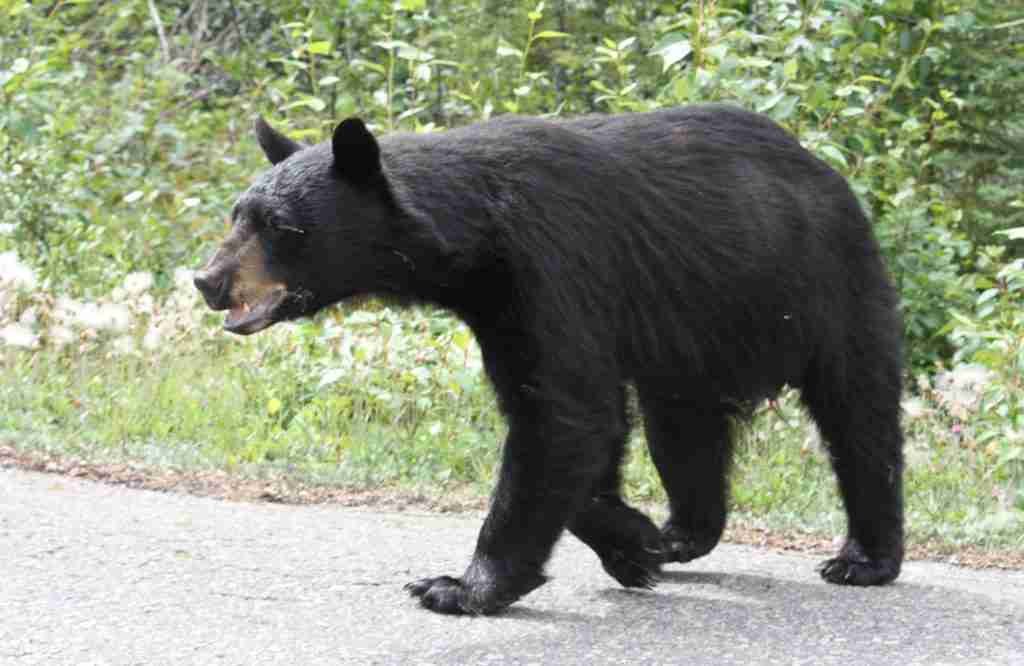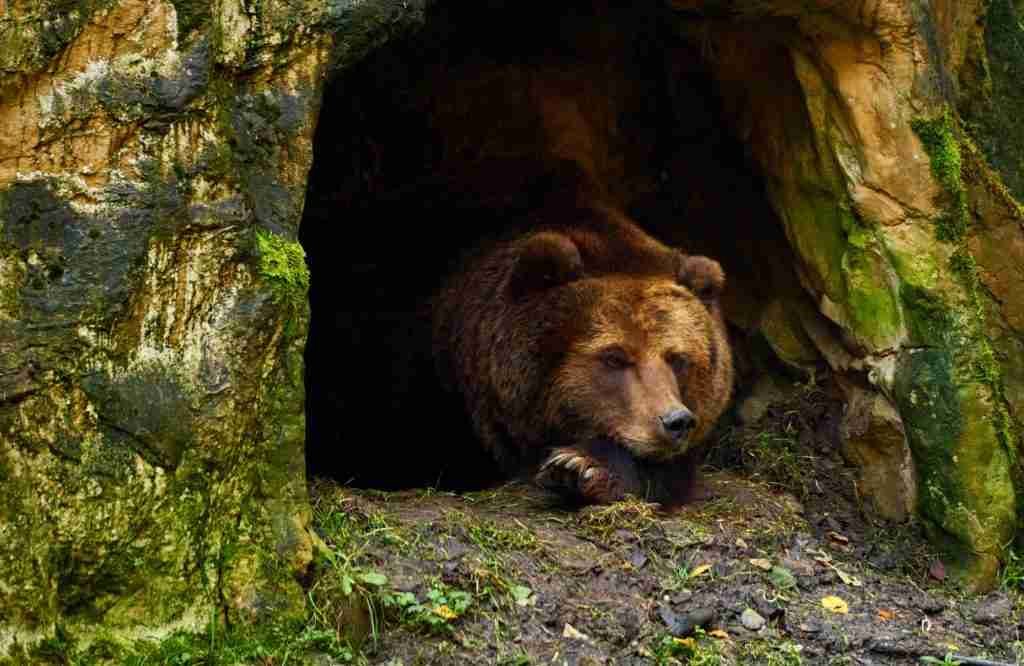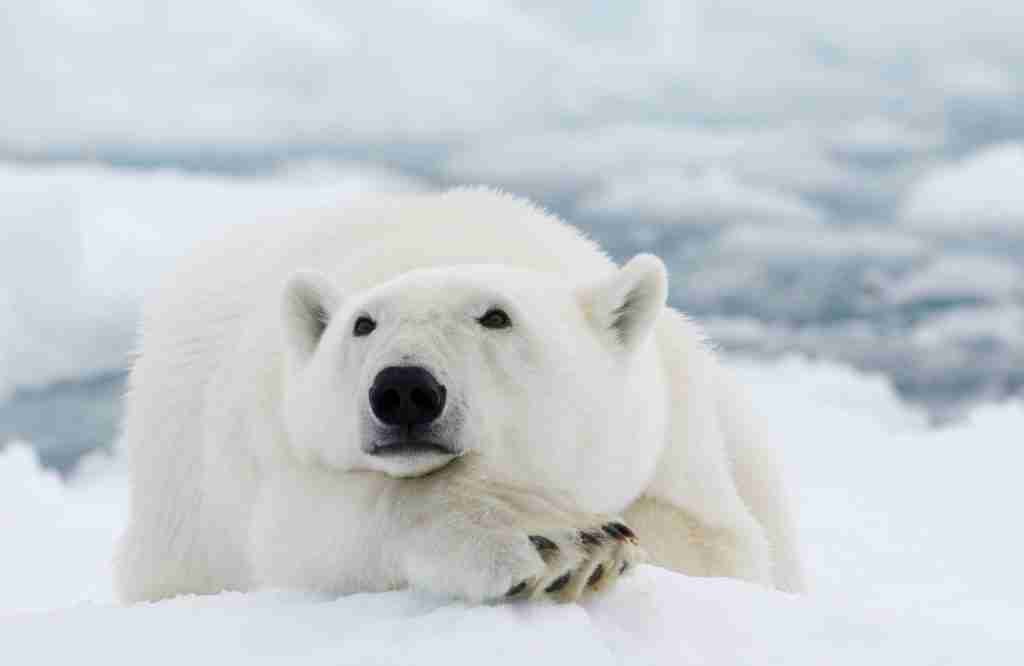I recently watched a Disneynature American documentary. In this film, I realized that some bears, such as polar bears, live in cold places.
I immediately wondered how bears survive in such environments. And does this mean all bears are warm-blooded?
Yes, bears are warm-blooded. Due to the presence of fur creating a heavy coat, bears can generate heat inside them.
Being warm-blooded helps bears to survive in their natural habitats. In this article, let’s discuss if there’s any difference between different types of bears.
Let’s continue reading below!
Are Black Bears Warm-Blooded?

Yes, black bears are warm-blooded. These mammals have fur and thick coat. Therefore, they can regulate their body temperature easily.
Sometimes, there can be frequent temperature changes in the black bear’s environment. In this case, their warm-blooded nature can help keep their internal temperature favorable.
This way, even in colder environments, black bears can remain active.
On other occasions, black bears tend to hibernate in extreme winters. Since these bears are warm-blooded, they can easily get into or leave hibernation.
The capability of black bears to generate their heat helps them conserve energy.
Therefore, black bears can adapt to different temperature changes quickly.
As a result, black bears can spend most of their time foraging for food. Since these bears are warm-blooded, they can also quickly digest their food.
Are Grizzly Bears Warm-Blooded?

Yes, grizzly bears are warm-blooded, just like most other bears.
Grizzly bears live in cold forests. Being warm-blooded and maintaining internal temperature allows them to survive well in such cold environments.
Since these mammals are warm-blooded, hunting also becomes easy. These bears can hunt more due to high energy levels.
In other words, the warm-blooded nature of grizzlies makes them digest more. Therefore, they get more active since there is a high energy generation.
Are Polar Bears Warm-Blooded?

Yes, polar bears are warm-blooded. These bears are among the mammals living in the world’s coldest places.
Being warm-blooded plays a vital role in making polar bears survive in the Arctic. Like most other bear species, polar bears can generate heat internally.
In addition, being warm-blooded allows a polar bear to perform other important activities like foraging. They can look for food at any time since they do not spend time looking for external heat sources.
When it comes to the digestion of polar bears, their warm-blooded nature also helps. There is a higher metabolic rate in warm-blooded animals. This fact makes polar bears eat and digest more.
Additionally, Polar bears can swim more in the cold arctic ocean, thanks to their warm-blooded nature. It also allows them to stay in chilly waters for longer periods.
In other words, polar bears don’t have to take breaks to heat up while swimming.
Are Giant Pandas Warm-Blooded?

Yes, giant pandas are warm-blooded. Giant pandas fall under the animals that can generate internal heat. This allows them to have a constant body temperature.
There is also efficiency in the digestion process of pandas due to their warm-blooded nature. In other words, there is a higher metabolic rate in warm-blooded animals.
Higher metabolism means that these mammals can digest food within a short time.
Being able to digest food quickly means that giant pandas can consume more.
Additionally, the capability to consume more allows giant pandas to survive in their low-nutrient bamboo diet.
Are Sloth Bears Warm-Blooded?

Yes, sloth bears are warm-blooded, like other bear species. Like in most other bears, being warm-blooded helps sloth bears digest food quickly.
Faster digestion comes from the high metabolic rate in sloth bears. This means that sloth bears get their survival nutrients quickly.
Another advantage of quick digestion from being warm-blooded is that they get to forage more. Since sloth bears quickly lose food in their stomachs, they can look for more food.
Frequently Asked Questions:
Why Do Bears Hibernate If They Are Warm-Blooded?

Bears hibernate as a strategy for conserving energy. This hibernation mostly happens when food is difficult to find.
Do Polar Bears Ever Get Cold?

Yes, in extreme weather, these mammals can get cold. However, their warm-blooded nature allows them to adapt and escape the cold.
Can Bears Survive in Heat?
Yes, bears can survive in heat since they can give out excess heat. Most of this heat comes through their paws.
Their paws have many blood vessels that supply blood here. Excess heat from the body reaches the paws through these blood vessels.
Final Thoughts
In summary, all bears are warm-blooded—grizzlies, polar bears, black bears, and others.
The ability of bears to generate heat inside allows them to eat more, thus making them healthy. Some of them, like polar bears, can also survive in extreme winters due to this.
Bears’ fur works together with their warm-blooded nature to keep them warm. But that’s not all!
These fur are thick and protective enough to withstand bullets. Does this make bears bulletproof? Here are the top 7 facts and myths about bears and bullets.
Sources:

